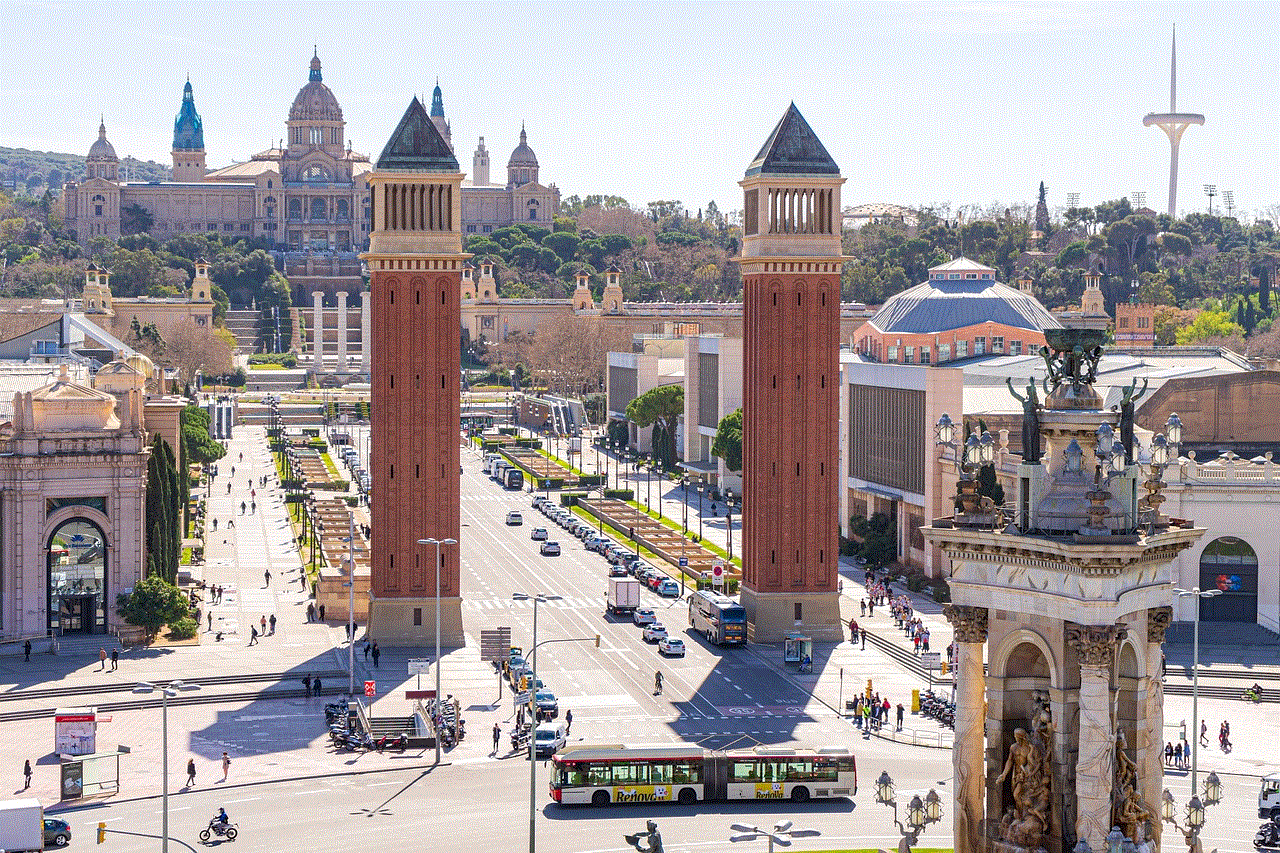if history had facebook
If History had Facebook : A Social Media Retelling of the Past
Introduction:
Social media platforms have revolutionized the way we communicate and share information in the modern age. One can’t help but wonder how history would have unfolded if figures from the past had access to Facebook. In this hypothetical scenario, we explore what might have happened if iconic historical figures, events, and moments had been documented and shared on the world’s largest social network. From ancient civilizations to modern revolutions, this article delves into a creative retelling of history through the lens of Facebook.
Paragraph 1: Ancient Civilizations
Imagine if the ancient Egyptians had Facebook profiles, sharing their impressive architectural feats and the mysteries of the pyramids. Pharaohs like Cleopatra would have connected with her subjects, boasting about her beauty and political prowess. Meanwhile, Julius Caesar’s Facebook page would have been filled with updates about his military conquests and political achievements, keeping the Roman Empire’s citizens updated and engaged.
Paragraph 2: The Renaissance
During the Renaissance, scholars and artists would have utilized Facebook as a platform to share their ideas and works. Imagine Leonardo da Vinci posting pictures of his famous inventions and paintings, turning heads and sparking conversations among his followers. Michelangelo’s Facebook page might have showcased the intricate details of the Sistine Chapel, garnering likes and comments from admirers.
Paragraph 3: The Age of Exploration
In the Age of Exploration, famous explorers like Christopher Columbus and Ferdinand Magellan would have documented their adventures on Facebook. Columbus could have shared his journey to the New World, while Magellan could have posted updates about his circumnavigation of the globe. Their followers would have eagerly followed their progress, eagerly commenting and sharing their posts.
Paragraph 4: The Enlightenment
During the Enlightenment, philosophers such as Voltaire, Rousseau, and Montesquieu would have embraced Facebook as a means to disseminate their ideas. They would have engaged in lively debates, commenting on each other’s posts and challenging prevailing notions of power, religion, and governance. These interactions would have fostered a vibrant intellectual community, shaping the course of history even further.
Paragraph 5: The American Revolution
If the American Revolution had taken place in the age of Facebook, leaders like George Washington, Thomas Jefferson, and Benjamin Franklin would have rallied support through social media campaigns. Their profiles would have been filled with updates about the fight for independence, inspiring citizens and gaining international attention. The Declaration of Independence itself might have been a viral Facebook post, shared and commented on by millions.
Paragraph 6: The French Revolution
In a Facebook-powered French Revolution, figures like Maximilien Robespierre and Marie Antoinette would have clashed online. Robespierre’s page would have been filled with fiery speeches advocating for radical change, while Marie Antoinette’s posts might have showcased her extravagant lifestyle, further fueling the fire of the revolution. Facebook events would have been organized for pivotal moments, such as the storming of the Bastille.
Paragraph 7: The Industrial Revolution
The Industrial Revolution would have seen rapid advancements in technology and communications on Facebook. Factory owners would have utilized social media to recruit workers, while labor unions would have organized protests against harsh working conditions. The revolutionary inventions of the time, such as the steam engine, would have been shared and celebrated, transforming the way society functioned.
Paragraph 8: World War I
World War I would have been covered extensively on Facebook, with leaders like Woodrow Wilson and Kaiser Wilhelm II communicating with their citizens and allies. Soldiers would have shared their experiences on the front lines, posting updates and photos that showcased the reality of war. The Treaty of Versailles might have been negotiated through a Facebook group chat, with leaders from different countries hashing out the terms.
Paragraph 9: World War II
During World War II, leaders like Winston Churchill and Adolf Hitler would have used Facebook to rally support for their respective causes. Propaganda campaigns would have been waged online, with both sides using social media to sway public opinion. The Holocaust might have been exposed through viral posts, leading to international outrage and calls for action.
Paragraph 10: The Space Age and Beyond
As we venture into the modern era, figures like Neil Armstrong and Yuri Gagarin would have documented their journeys into space on Facebook. Their posts would have inspired awe and wonder, with people around the world sharing their excitement. Scientists and innovators would have used Facebook to collaborate and share breakthroughs, pushing the boundaries of human knowledge and exploration.
Conclusion:
While the concept of historical events unfolding on Facebook is purely hypothetical, it’s fascinating to imagine how social media could have shaped and amplified the course of history. The power of communication and connection that Facebook provides today is unrivaled, and its impact on our lives is undeniable. By envisioning historical figures and events in this context, we gain a new perspective on the interconnectedness of the past and present.
pokemon light platinum map
Pokémon Light Platinum, the widely popular ROM hack of Pokémon Ruby, has captured the hearts of countless Pokémon fans around the world. This beloved game offers a unique and exciting adventure in the region of Zhery, featuring an expansive map filled with diverse landscapes, hidden treasures, and challenging battles. In this article, we will explore the intricacies of the Pokémon Light Platinum map, delving into its various locations, key landmarks, and the secrets it holds.
The Pokémon Light Platinum map showcases a vast array of environments, each with its own distinct characteristics. From lush forests to towering mountains, bustling cities to serene beaches, players are treated to a visually stunning journey through Zhery. One of the most notable locations is Central City, the bustling metropolis that serves as the player’s starting point. With its towering skyscrapers and vibrant city life, Central City sets the stage for the grand adventure that awaits.
As players venture further into the Pokémon Light Platinum map, they will encounter a multitude of towns and cities that provide essential services and unique experiences. Each location has its own charm and purpose, contributing to the overall tapestry of the game. Some notable towns include Lure City, known for its fishing contests and lively marketplaces, and Drasna City, home to the prestigious Pokémon League. These towns not only offer opportunities to rest and heal Pokémon but also provide valuable resources and quests to aid players on their journey.



Exploration is a key aspect of Pokémon Light Platinum, and the map is designed to encourage players to venture off the beaten path. Throughout the game, players will stumble upon hidden areas and secret locations that reward their curiosity. These hidden gems often contain rare Pokémon, valuable items, or even hidden trainers waiting for a challenge. The thrill of discovering these hidden treasures adds an extra layer of excitement to the gameplay and encourages players to fully explore the vast world of Zhery.
The Pokémon Light Platinum map also features several key landmarks that play significant roles in the game’s storyline. One such landmark is the Lauren League, a majestic building nestled atop a snowy mountain. As players progress through the game and defeat Gym Leaders, they will eventually face off against the Elite Four and the Champion within the walls of the Lauren League. This challenging battle serves as the ultimate test of the player’s skills and determination.
Another iconic landmark in the Pokémon Light Platinum map is the mysterious Skyner City, a floating city high above the clouds. Accessible only through a hidden path, Skyner City offers a unique and breathtaking experience. Its ethereal atmosphere and awe-inspiring architecture make it a truly unforgettable location. Exploring this hidden gem allows players to discover rare Pokémon and engage in battles with skilled trainers who have also unlocked the secrets of Skyner City.
In addition to the towns, cities, and landmarks, the Pokémon Light Platinum map is filled with routes and caves that connect these various locations. These routes offer opportunities for wild encounters, battles with trainers, and chances to discover hidden items. Some routes are treacherous and require players to navigate through dark caves or traverse dangerous terrains, adding an element of challenge and excitement to the gameplay.
One of the most captivating aspects of the Pokémon Light Platinum map is the diversity of Pokémon species that can be found within its borders. From classic favorites to new and exclusive Pokémon, players will have the opportunity to encounter and capture a wide range of creatures. This encourages players to build diverse and balanced teams, enhancing the strategic aspect of the game as they battle trainers and Gym Leaders throughout Zhery.
In conclusion, the Pokémon Light Platinum map offers a rich and immersive experience for players seeking an exciting Pokémon adventure. With its expansive landscapes, diverse locations, hidden treasures, and challenging battles, the map serves as the canvas for a memorable journey through the region of Zhery. Whether exploring bustling cities, unraveling the secrets of hidden areas, or facing off against formidable opponents in iconic landmarks, players will find themselves captivated by the beauty and depth of the Pokémon Light Platinum map.
read someone elses text messages app
Title: The Ethics and Legality of Using Apps to Read Someone Else’s Text Messages
Introduction:
In today’s digital age, where our lives revolve around smartphones and constant communication, privacy has become a critical concern. As a result, there has been a growing interest in apps that claim to allow users to read someone else’s text messages. However, the ethical and legal implications surrounding such apps are complex, requiring careful examination and consideration.
1. Understanding Text Message Monitoring Apps:
Text message monitoring apps are designed to allow users to gain access to someone else’s text messages without their knowledge or consent. These apps are often marketed as tools for concerned parents, suspicious spouses, or employers seeking to monitor their employees’ activities. However, they can also be exploited for malicious purposes, such as stalking or invading someone’s privacy.
2. Invasion of Privacy:
The use of apps to read someone else’s text messages raises significant privacy concerns. Privacy is a fundamental human right, and individuals have a reasonable expectation that their private conversations remain confidential. Intruding upon someone’s personal messages without their consent violates this right and can have serious emotional and psychological consequences for the person being monitored.



3. Legal Implications:
The legality of using apps to read someone else’s text messages varies depending on the jurisdiction. In many countries, unauthorized access to someone’s private communications is a criminal offense, punishable by law. Individuals found guilty of using these apps to invade someone’s privacy may face fines, imprisonment, or both. It is essential to understand the laws and regulations governing privacy and digital surveillance in your specific region.
4. Consent and Trust:
One crucial factor to consider is the issue of consent. Reading someone else’s text messages without their knowledge or consent is a breach of trust and can damage relationships. Open and honest communication is the foundation of trust in any relationship, and resorting to using monitoring apps can erode that trust irreparably.
5. Ethical Considerations:
From an ethical standpoint, using apps to read someone else’s text messages raises several moral dilemmas. It involves the violation of personal boundaries, autonomy, and the right to privacy. Engaging in such behavior not only infringes upon someone’s rights but also undermines the values of trust, honesty, and respect that are essential for healthy relationships.
6. The Potential for Abuse:
While proponents argue that these apps can be used for legitimate purposes, there is a significant risk of abuse. Individuals with malicious intent can exploit these apps to harass, intimidate, or blackmail others. Moreover, the potential for false accusations and misinterpretation of messages is high, leading to unwarranted consequences and damage to innocent parties.
7. Alternatives to Monitoring Apps:
Instead of resorting to invasive measures, open and honest communication should be the first course of action when concerns arise in a relationship. Discussing concerns, expressing fears, and seeking mutual solutions can help build trust and address underlying issues without violating anyone’s privacy.
8. Legal Uses of Monitoring Apps:
While the unauthorized use of these apps is generally illegal, certain exceptions exist. For example, parents may use monitoring apps to ensure the digital safety of their children or employers to monitor company-owned devices in the workplace. However, even in these cases, it is crucial to clearly communicate the monitoring policies to the individuals being monitored.
9. The Role of Technology Companies:
Technology companies have a responsibility to prioritize user privacy and security. App developers should refrain from creating and promoting apps that enable unauthorized access to private communications. By implementing robust security measures and ethical guidelines, they can contribute to protecting user privacy and preventing the misuse of their products.
10. Balancing Privacy and Security:
Finding a balance between privacy and security is crucial in today’s interconnected world. While it is essential to protect privacy, it is equally important to prevent illegal activities, such as cyberbullying, harassment, or terrorism. Striking this balance requires a thoughtful approach, respecting individuals’ rights while ensuring security measures are in place to protect the greater good.



Conclusion:
In conclusion, using apps to read someone else’s text messages raises serious ethical and legal concerns. Invasion of privacy, breach of trust, and potential misuse are just a few of the issues associated with these monitoring apps. It is crucial to prioritize open and honest communication and seek alternative solutions before resorting to invasive measures. Additionally, technology companies must play their part in prioritizing user privacy and security. Only by carefully navigating these complex issues can we ensure a balance between privacy and security in an increasingly connected world.